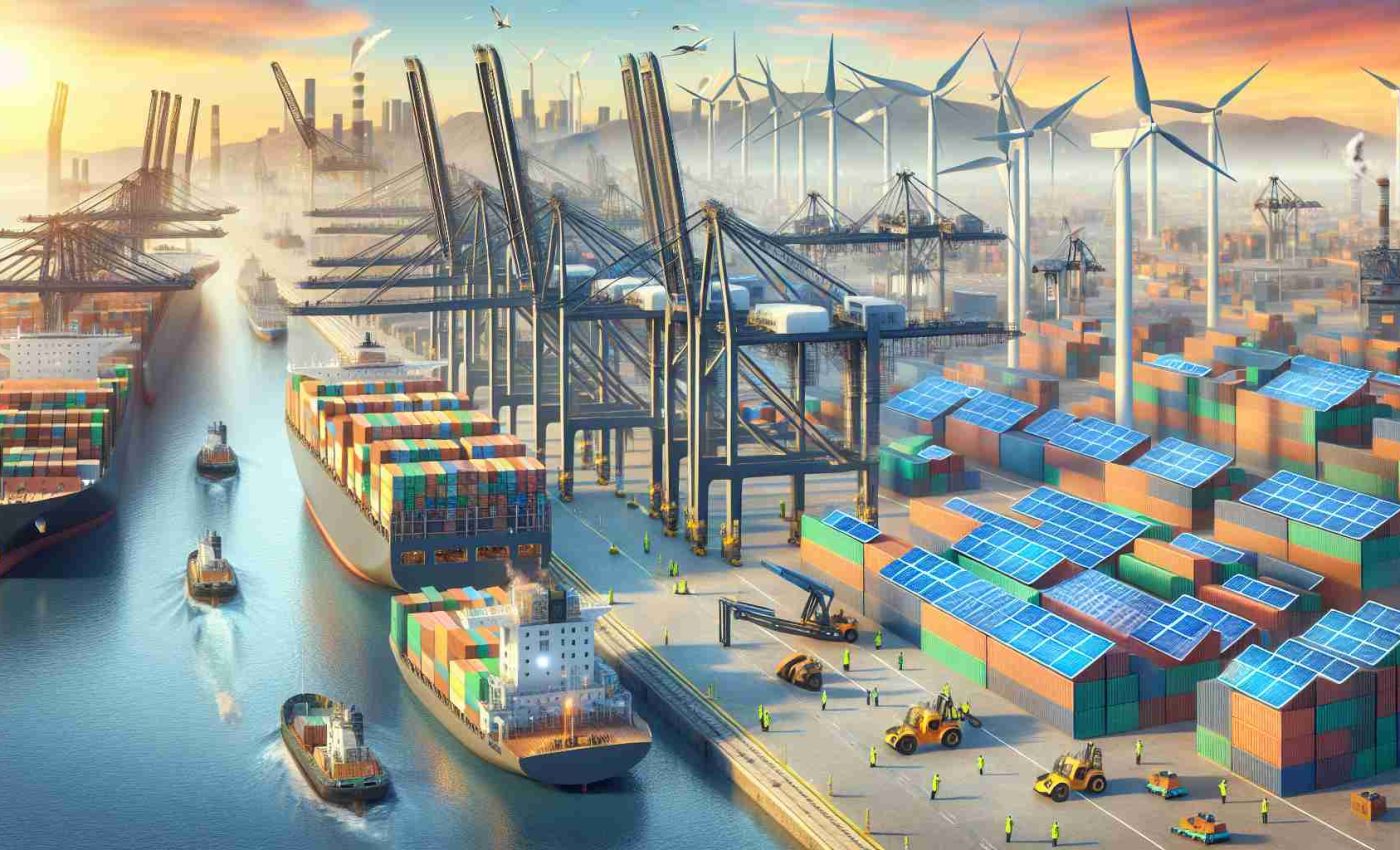Over 50 influential entities in the shipping industry, including renowned companies like Anglo-Eastern, GasLog, and Mitsui OSK Lines, have made a significant commitment to adopt sustainable energy practices during the recent COP29 climate talks in Baku.
This collective pledge signals a firm dedication to prioritize investments in eco-friendly hydrogen-based fuels to slash emissions and propel a cost-effective transition in the maritime sector.
Industry leaders have set ambitious targets aiming for a substantial reduction in carbon emissions, envisioning that by 2030, a minimum of 5% to a potential 10% of energy consumption will stem from emission-reducing technologies and energy sources.
In a clear call for action, the maritime industry is adamant about the urgent need for a zero-emission fuel standard to be established by the International Maritime Organization (IMO) as a pivotal step towards authentic decarbonization.
Industry experts emphasize the importance of collective efforts in spearheading innovation to drive sustainable solutions and minimize the environmental impact of shipping activities on a global scale.
Major Shipping Companies and Ports Commit to Sustainable Energy Transition: New Developments and Challenges
Amidst the recent surge of initiatives aiming to enhance sustainability in the maritime sector, additional key players have joined the movement towards embracing eco-friendly practices. Noteworthy entities such as CMA CGM and Maersk Lines have publicly announced their intentions to shift towards renewable energy sources in a bid to reduce carbon footprints significantly. This influx of support underscores a growing global momentum within the shipping industry towards a sustainable energy transition.
Important Questions and Answers:
1. How will the adoption of sustainable energy practices benefit the shipping industry?
Embracing sustainable energy practices can lead to substantial long-term cost savings for shipping companies, reduce greenhouse gas emissions, and position the industry towards compliance with stringent environmental regulations.
2. What are the key challenges associated with transitioning to sustainable energy sources in the maritime sector?
One of the primary challenges is the high initial investment required for implementing sustainable energy solutions, such as hydrogen-based fuels or alternative propulsion systems. Additionally, the infrastructure for refueling and storage of eco-friendly fuels needs to be further developed to support widescale adoption.
Advantages and Disadvantages:
On one hand, the transition to sustainable energy sources offers the shipping industry an opportunity to enhance its reputation, attract environmentally conscious customers, and contribute to global efforts in combating climate change. Moreover, investing in eco-friendly technologies can foster innovation and drive economic growth in the long run.
However, the shift towards sustainable energy is not without its drawbacks. The costs associated with upgrading vessels, retrofitting existing infrastructure, and ensuring compliance with evolving regulations can pose financial burdens on shipping companies, especially smaller operators. Moreover, the reliance on nascent technologies may introduce operational uncertainties and require substantial training for workforce adaptation.
As the maritime sector continues to navigate the complexities of transitioning towards sustainable energy, collaboration among industry stakeholders, governments, and international organizations remains crucial. By addressing challenges through innovation and mutual support, the shipping industry can pave the way for a greener, more sustainable future on the high seas.
For further information on sustainable energy initiatives in the shipping industry, visit International Maritime Organization.







